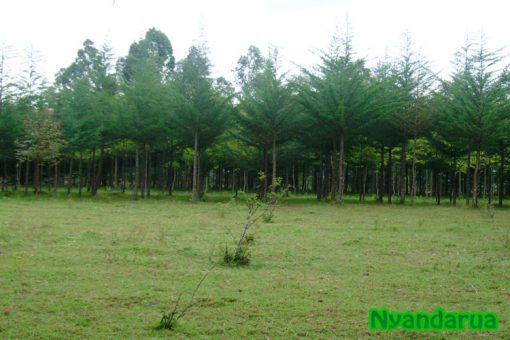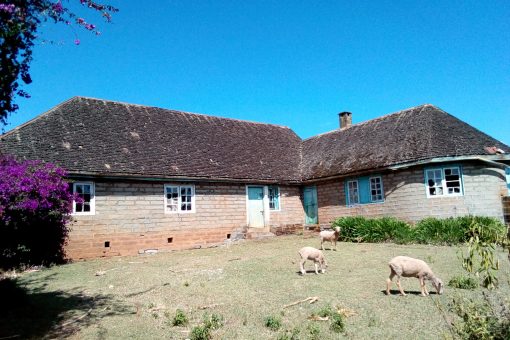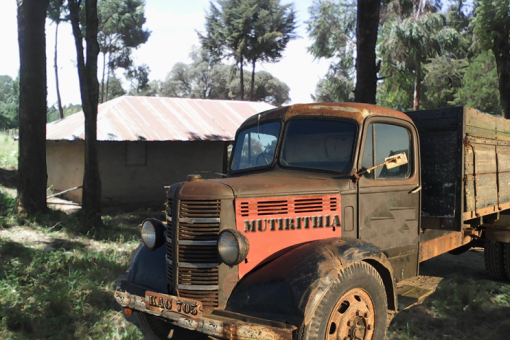Before scientists warned us of Global warming, my parents and other OlKalou farmers already knew something unusual had happened to the weather patterns they knew and experienced in their earlier years in OlKalou. Back then, long rains and short rains came in season like clockwork, and they stopped just in time for harvest season as expected. OlKalou, like the rest of Nyandarua was freezing cold almost throughout the year. Mornings and evenings were especially brutal.
I have memories of waking up and looking outside and seeing nothing but a sheet of white as far as the eye could see. No sign of grass anywhere. The entire ground was covered in a sheet of ice. That ice was solid and crunched under our tiny feet when we walked on it. It stayed on the ground until the sun peeked in the sky later in the morning.
A few feet above the sheet of ice was the fog (Kifii) Our Nyeri neighbors called it Thaatu. The fog was there almost every morning. It was so dense, you barely saw a few feet infront of you; it was like night time. The fog did not clear until mid morning and much later in low lying areas with thick forests, which was a common feature of most of Nyandarua landscape back then.
No matter the season, no matter the weather, one thing we endured all year long was the bone chilling Nyandarua temperatures hovering in near single digits. We wore layers of clothing to keep warm, but nothing was warm enough to keep out that sharp cold air that hit you like a brick wall. When I see on TV how the Western civilizations dresses during their winter months, I realize that is exactly how Nyandarua people should have been dressing, if they could afford it. A heavy winter jacket, a warm woolen hat, a scarf, gloves, winter socks and boots. It is amazing the entire population of Nyandarua did not suffer Pneumonia and other cold related illnesses constantly. God must have been watching over us because He knew majority of families could not afford basic necessities let alone stocking up their closets with “winter” attire.
We grew accustomed to the cold weather in Nyandarua that it was no longer a topic of discussion. I guess everybody’s attitude was: what were you going to do about it. So, everybody went about their business without letting the cold stop or slow them down.
However, it was a totally different story when relatives from Gikuyu visited. All they talked about was the weather. They shivered under their heavy sweaters and jackets, scarves tied around their heads and necks, covering their faces leaving only the eyes and mouth exposed. They wondered how we went to school wearing shorts, dresses, single knit sweaters and no shoes on our feet. You could tell they were really scared for our health, but amazingly we never got sick. We were as healthy as horses. It must have been God watching over us.
The only season when everybody experienced coughs and colds was during the high pollen season when the maize crop was flowering (Guthuka) and when silking (Kumira) just like in Gikuyu and elsewhere. But our visitors made the cold such an issue every hour of the day, they almost made us feel the chill, which we normally did not notice. They however loved the rich creamy tea and the abundance of food, something they did not experience in Gikuyu from their over cultivated strips of land. That is why for us in Nyandarua, we knew the cold temperatures came with the territory and that is why there was never a debate about it, not then, not now.




